After two days in Saigon, the 2016 Jim Cline Photo Tours Vietnam Explorer Tour left Saigon on our private boat for a trip down into the Mekong Delta, our destination, Can Tho.
Can Tho is the biggest city in South Vietnam’s Mekong Delta, with an estimated population of 1.5 million. The name Can Tho comes from “cầm thi giang” – river of poems. It is also referred to as “Tay Do” meaning “Western capital”. The city is famous for its floating markets, Buddhist pagodas, delicious food, fresh fruits and friendly, welcoming people. Can Tho’s bustling port is the busiest in the delta.
The region was known as Kampuchea Krom (lower Khmer, or lower Cambodia) to the Khmer Empire, which likely maintained settlements there centuries before its rise in the 11th and 12th centuries.
Today, the Mekong Delta makes up 47% of Vietnam’s land used for cultivating crops; more than northern and central Vietnam combined. Most of this is used for rice cultivation, and the regions rice making capacity is approximately 54.8% of Vietnam’s total output. The Mekong Delta is also Vietnam’s most important fishing region, with just under half of Vietnam’s offshore fishing vessels.
Life in the Mekong Delta revolves much around the river, and many of the villages are only accessible by rivers and canals rather than by road.


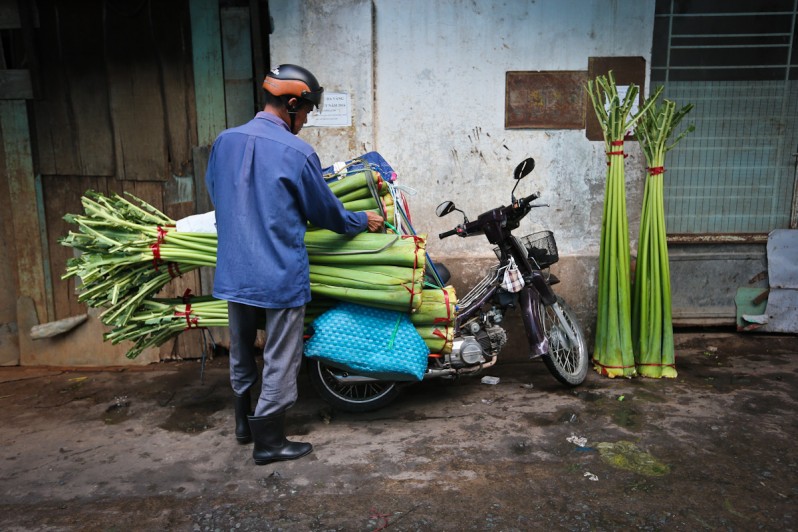

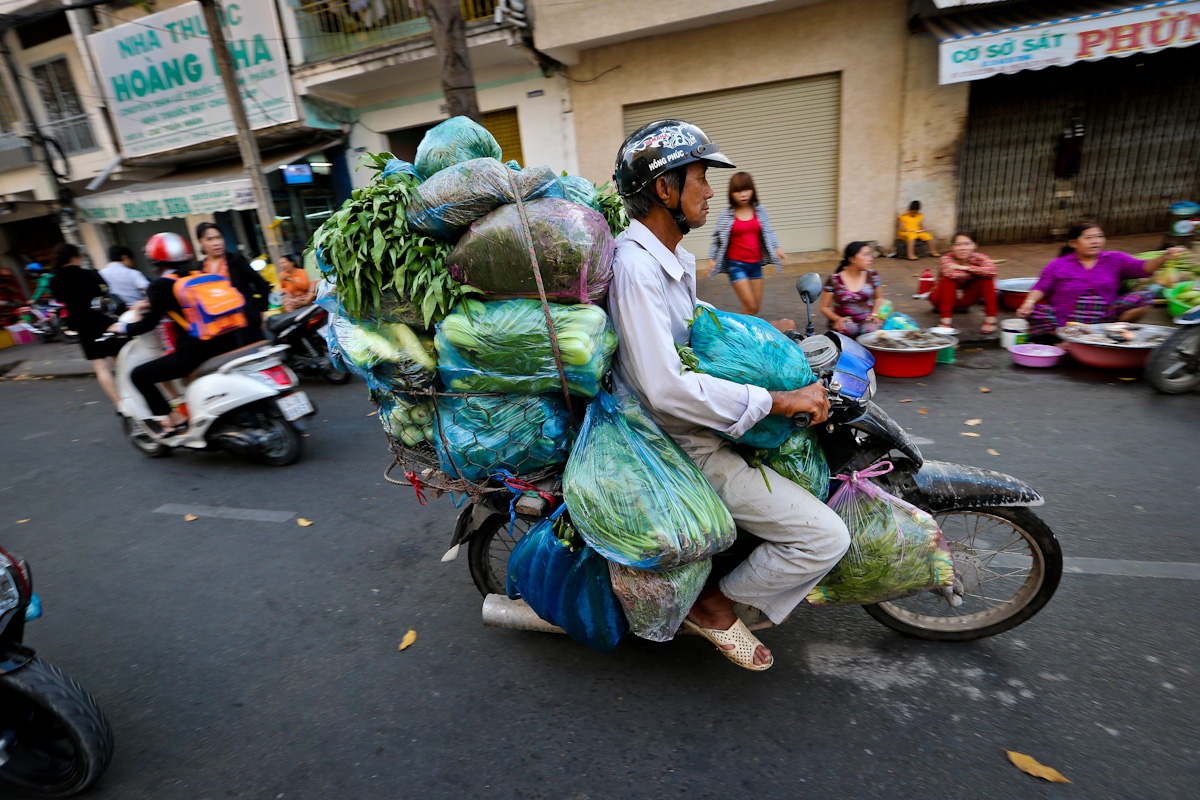
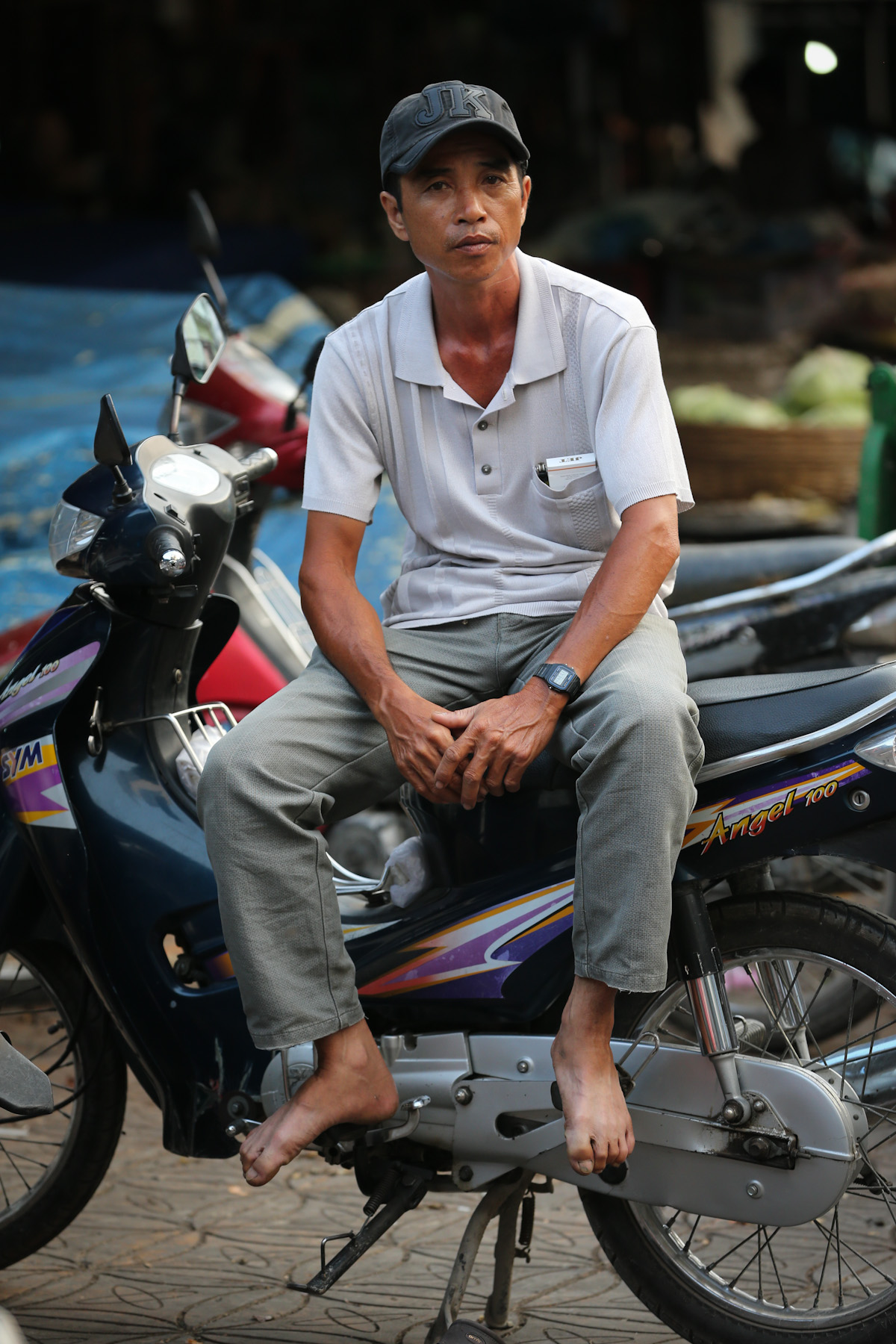
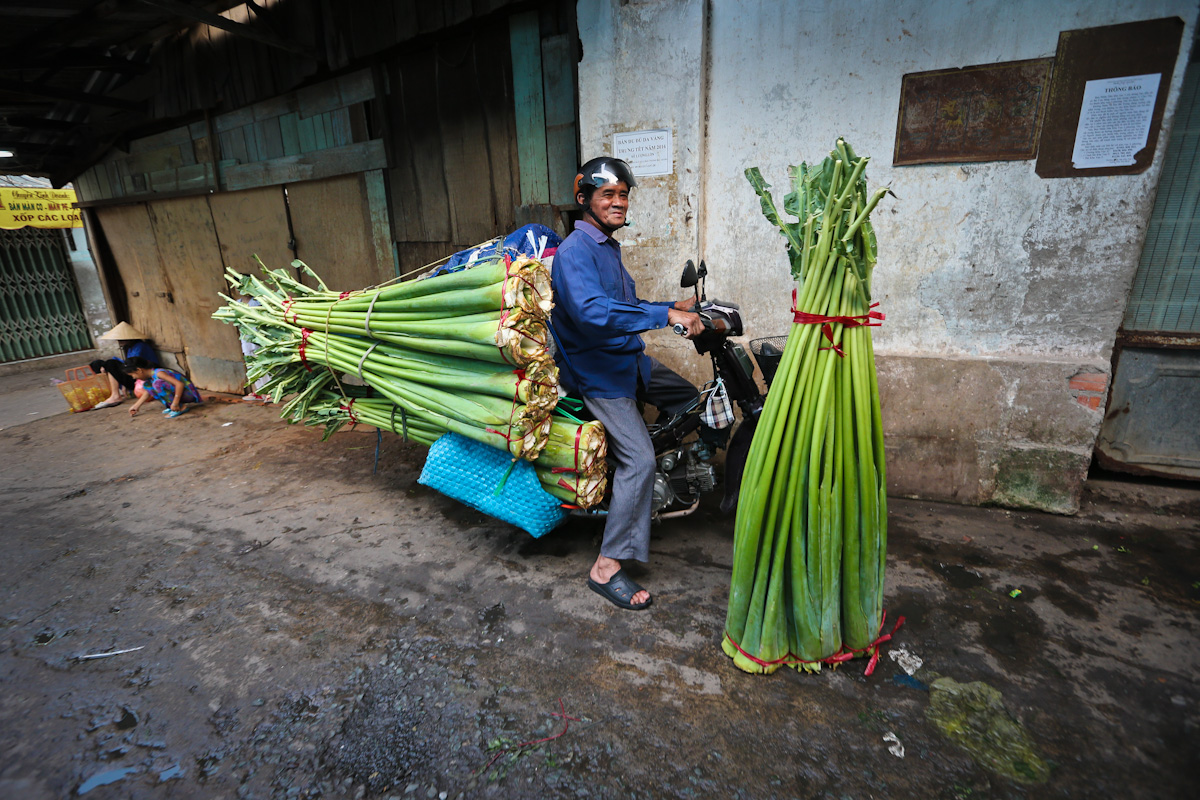
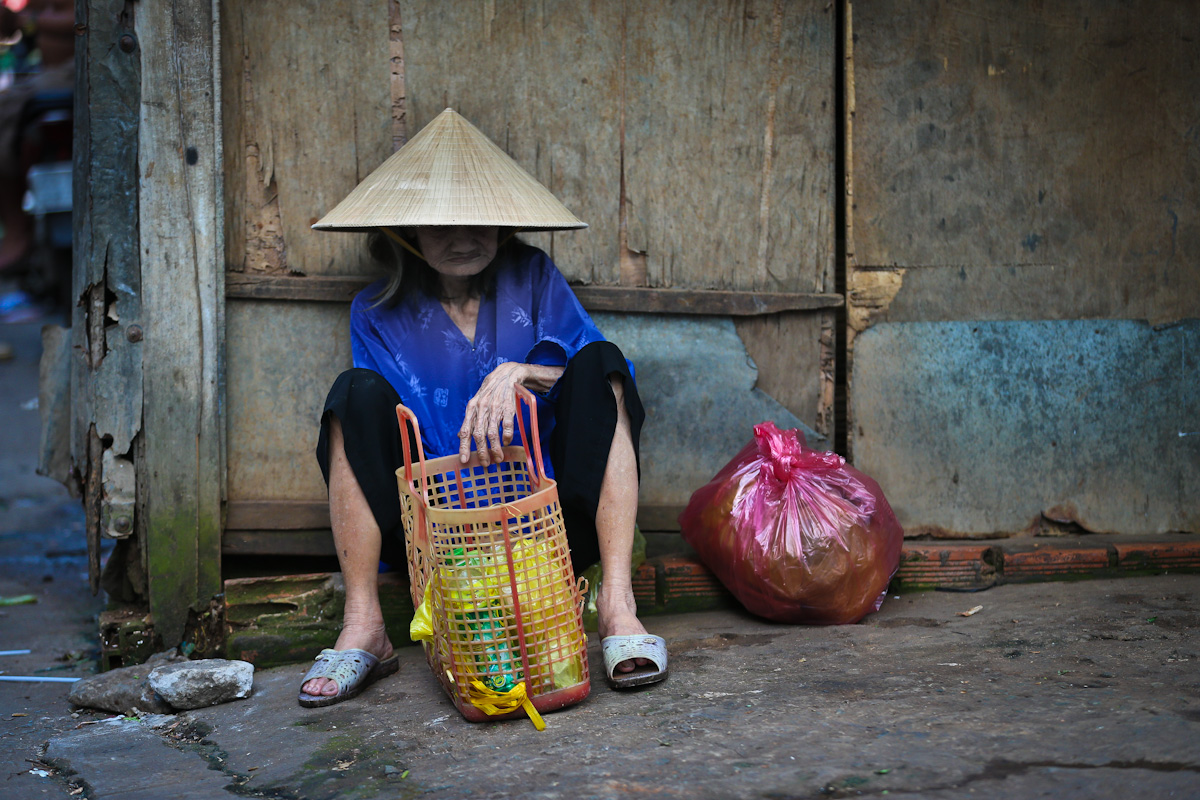
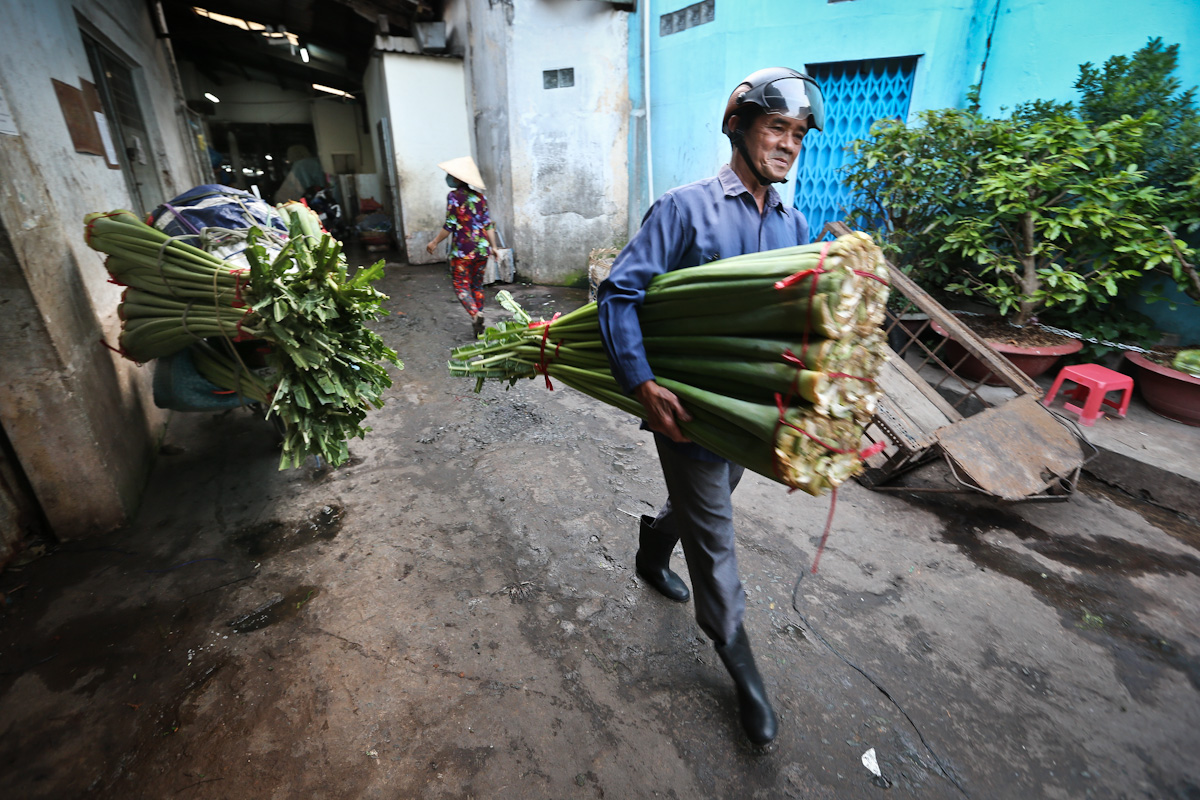
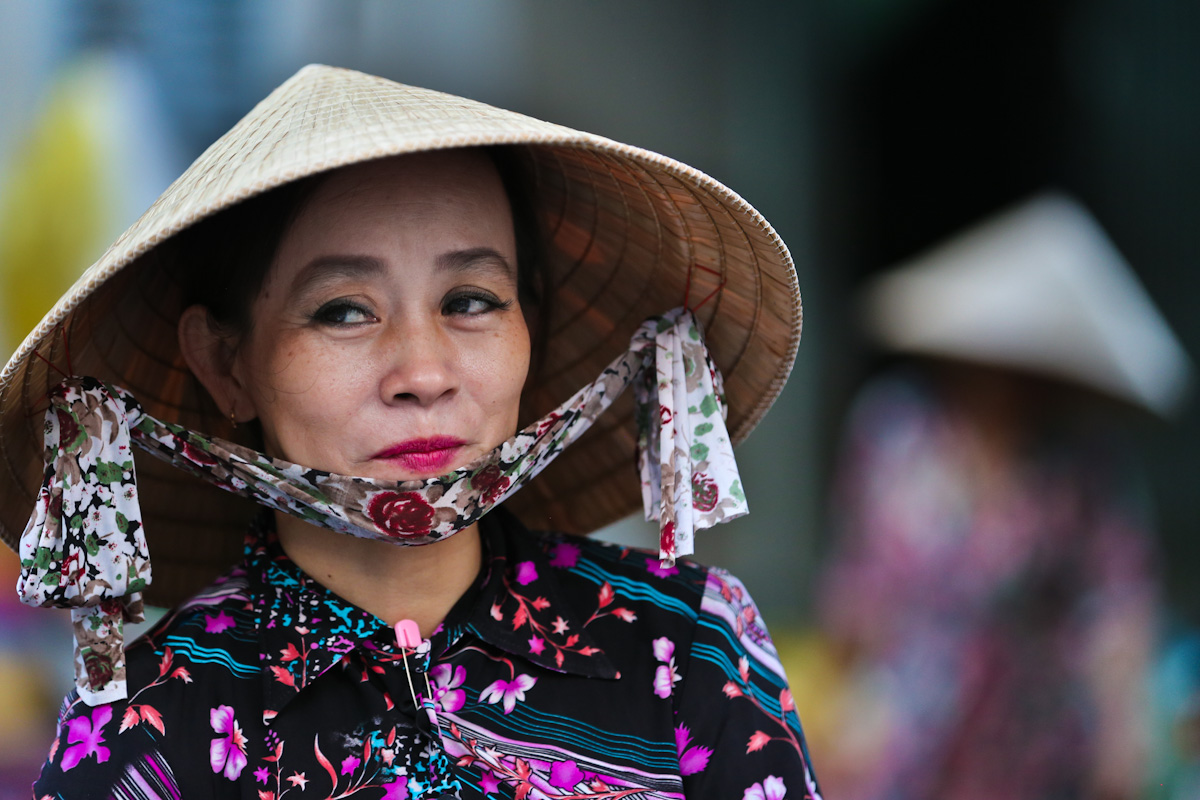
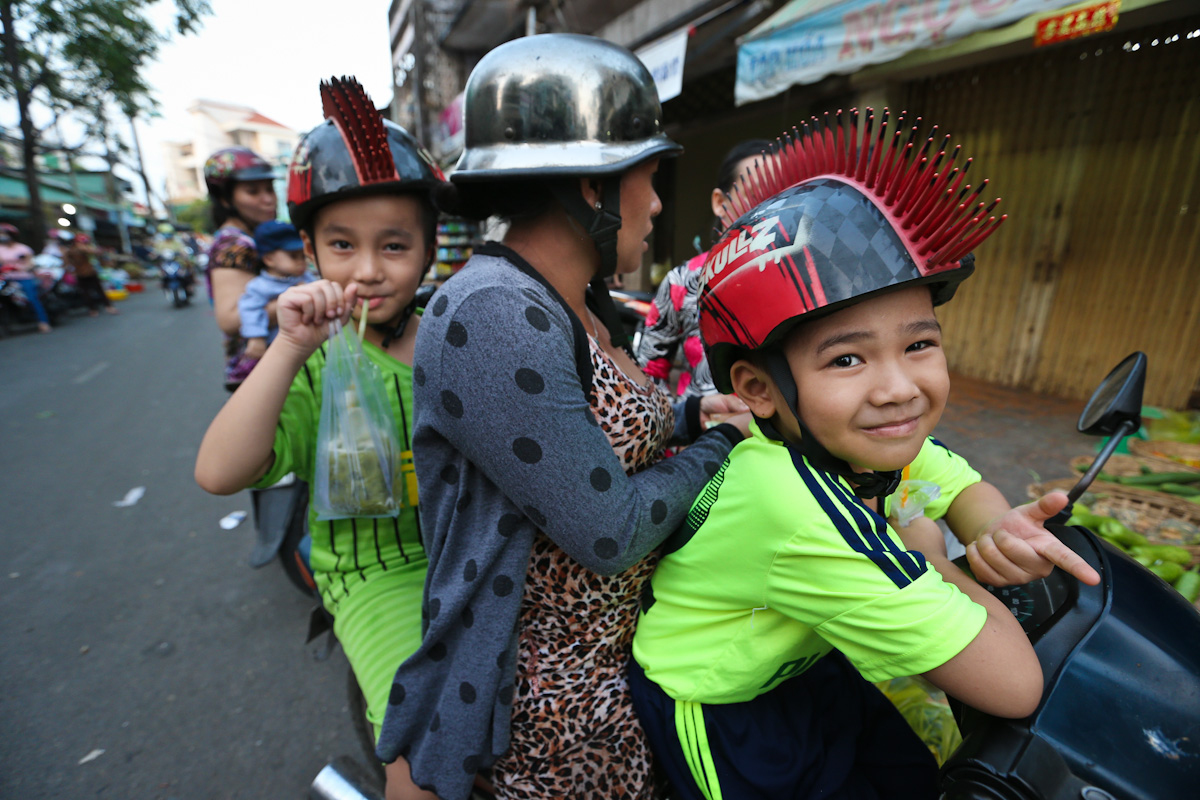


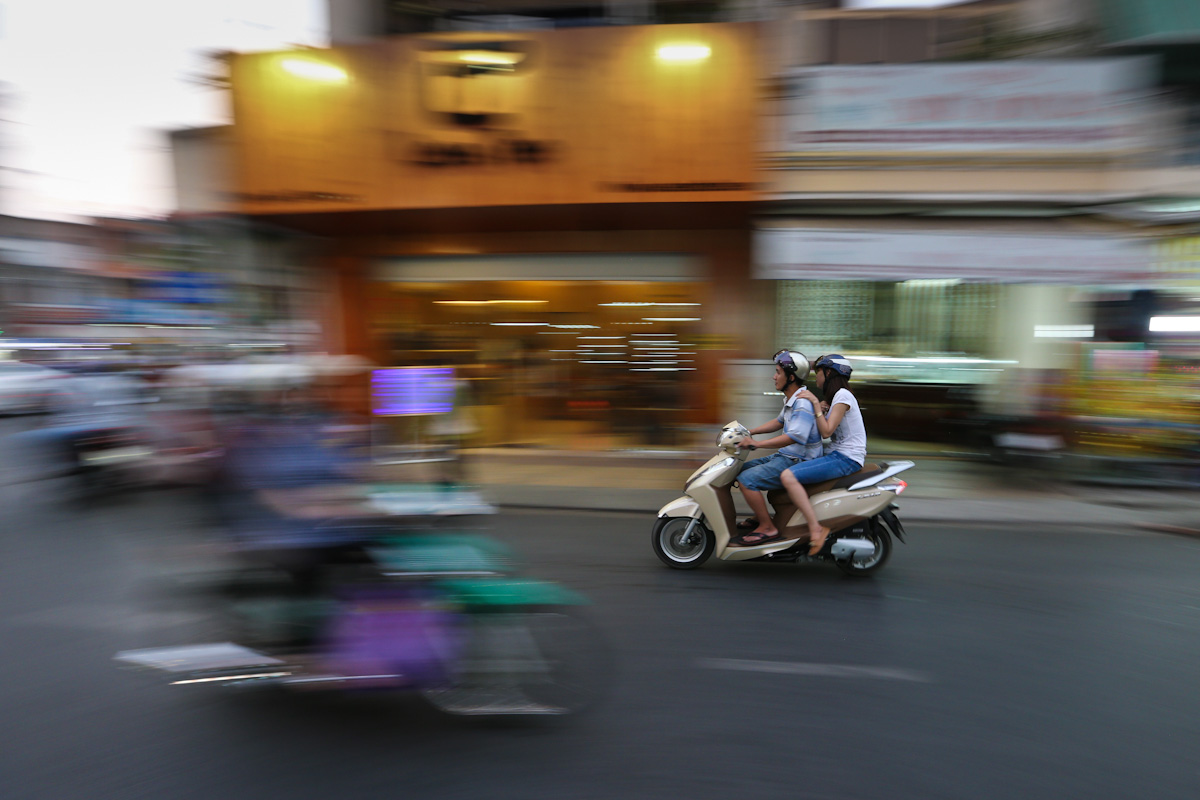


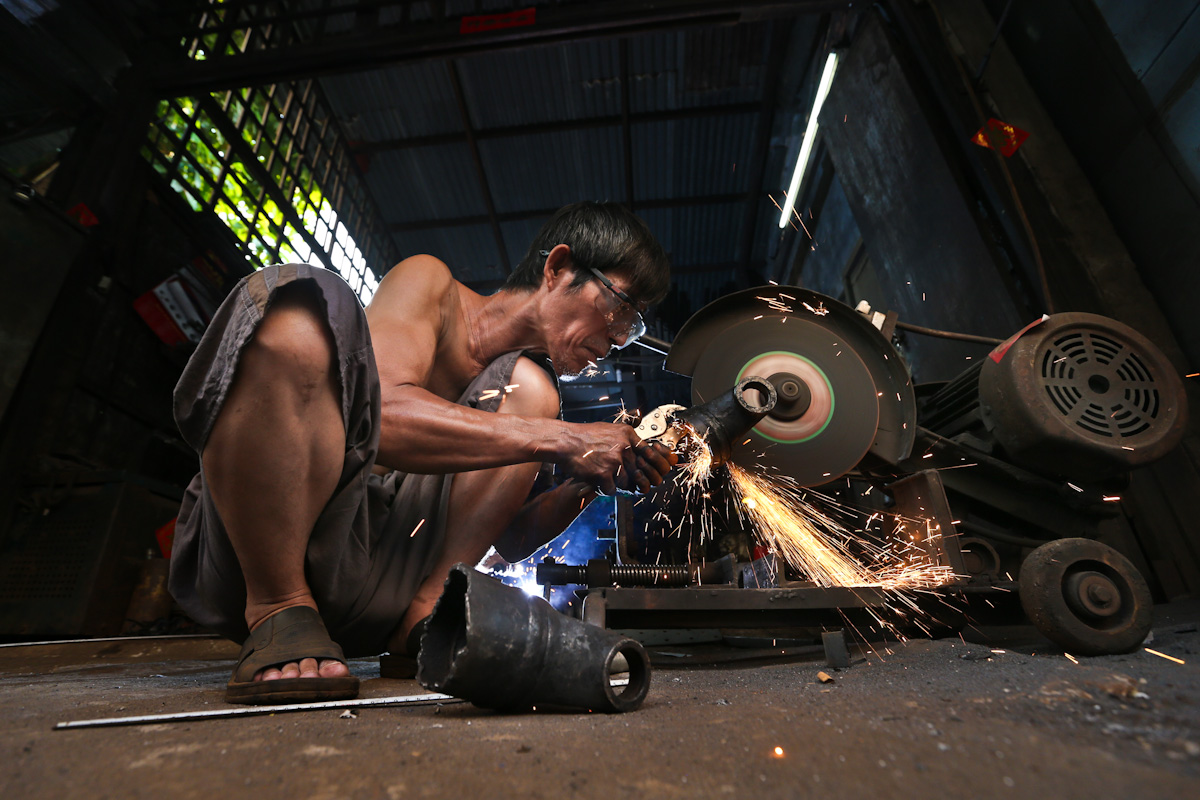

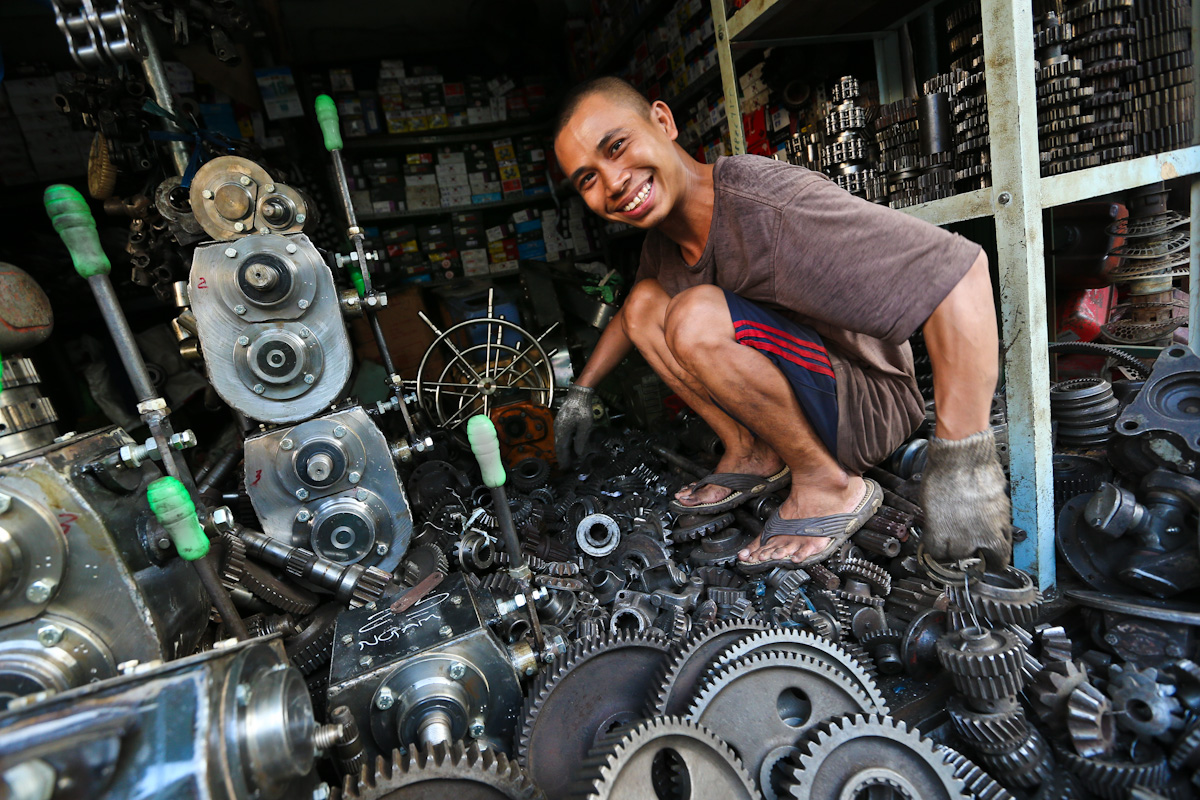
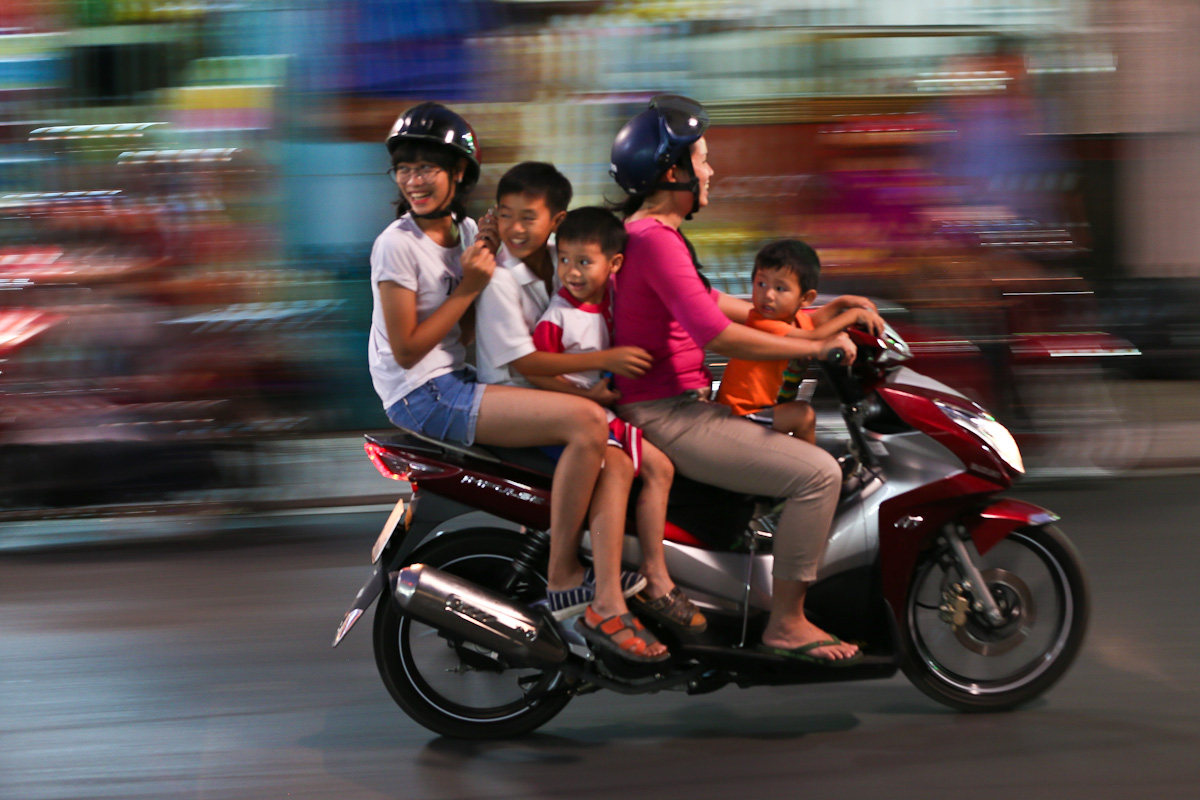
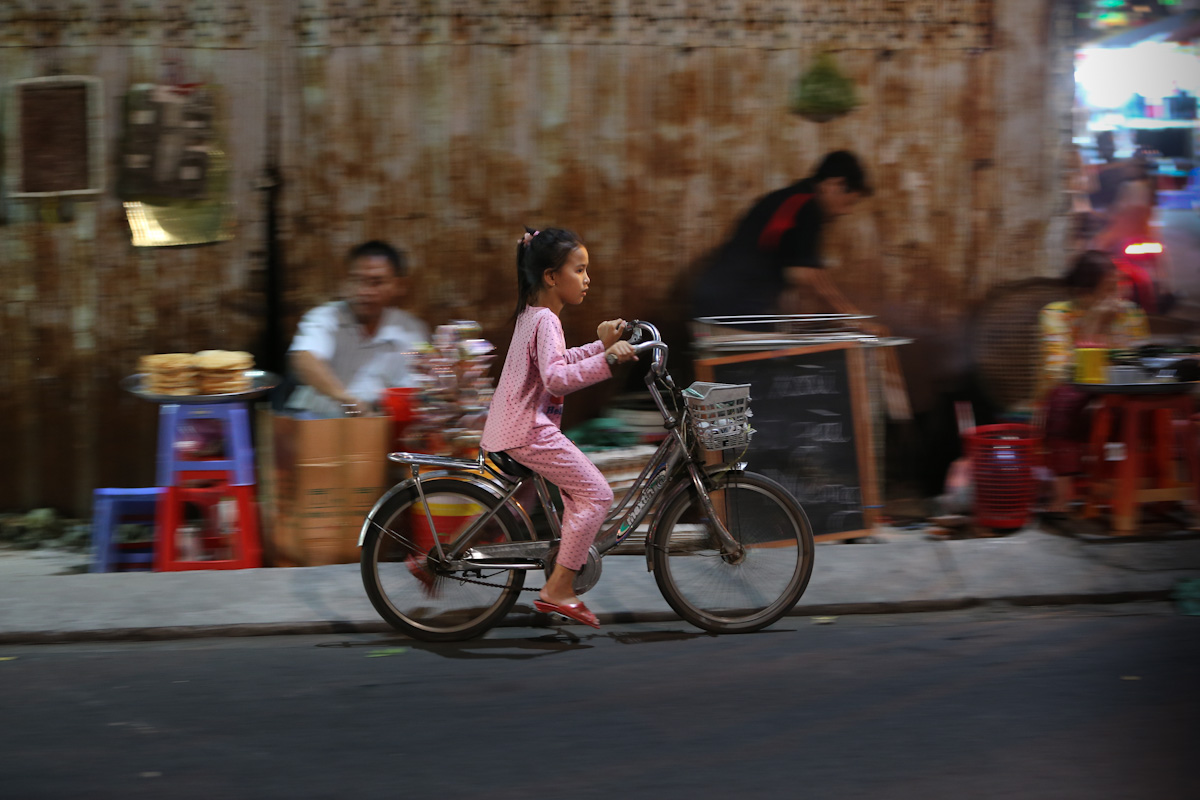

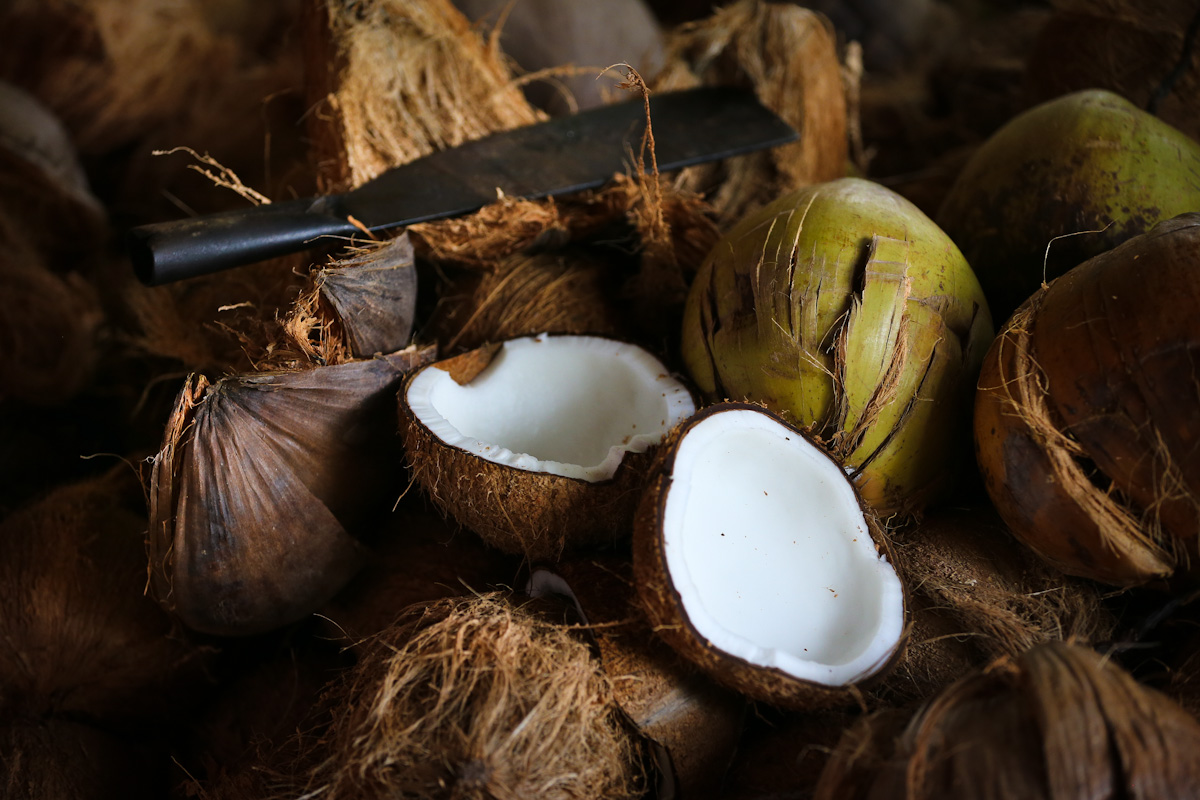






Love the scooter shots. Never ceases to amazes me how much cargo (people or otherwise), one can get on those things! Curious – how often have you come across accidents involving families on the scooters? Obviously, it’s dangerous to have so many people on them, and without proper safety gear. Just wondering how much of a safety issue it is.
Thanks for the comment Kat. Yes, it is dangerous to have many people on a motorbike. I’ve seen some very bad accidents involving motorbikes, so they do happen. Thankfully, I have not seen any involving children or infants, although sadly, they do occur. The AAOS (American Academy of Orthopedic Surgeons) did a study about 15 years back which showed a direct correlation between road quality, driving speed and serious injury. In a nutshell, as roads improve, driving speed increases and so do injuries. Pot holed roads, dirt roads, muddy roads and unexpected obstacles like cows, water buffalo and goats make drivers go slower. So, it’s a catch 22….everyone wants better roads but the results in terms of injuries is not a good thing. What developing countries need is better driver eduction, helmet laws, vehicle inspections and stricter laws about drinking and driving…all things that countries like the USA already have in place. Given the expense of automobiles, the motorbike will, for the foreseeable future, remain the main affordable mode of transport for developing nations and therefore educating drivers is our best option to reduce injuries.
Thanks for the reply. Makes sense about better roads and higher speeds.Is there any progress being made in the areas you mention?
Yes, thankfully there is progress being made but much is still needed.